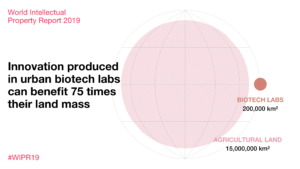This year’s report focuses on “The Geography of Innovation: Local Hotspots, Global Networks”.
Origen: World Intellectual Property Report 2019
Drawing on millions of patent and scientific publication records spanning over five decades, this year’s edition of the report offers new insights on:
- The geography and interconnectivity of innovation in the 21st century
- How the global innovation network has evolved, against the background of a changing economic landscape and newly emerging technology
The geography of innovation describes how the generation of innovation and new scientific knowledge is both more global and more concentrated in a few local hotspots. More countries are responsible for producing new knowledge and scientific publications today than before. At the same time, this international spread is accompanied – seemingly paradoxically – by an increased concentration of innovative activities within a few densely populated areas.
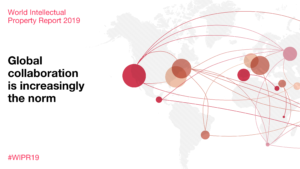
Ten international hotspots account for 26 percent of all international co-inventions between hotspots of the world. These are: San Francisco-San Jose, New York, Frankfurt, Tokyo, Boston, Shanghai, London, Beijing, Bengaluru and Paris.
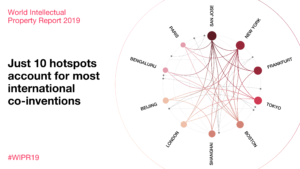
They are also the most open to the outside world, connecting more frequently with their international counterparts than to their national hinterlands. These international hotspots, among many others, form the global innovation networks.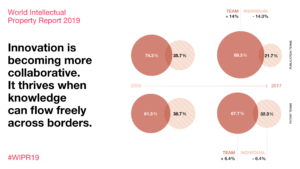
Macro analysis of global trends are complemented by two case studies to illustrate the workings of the global innovation network.
One is the automotive sector, where the adoption of autonomous vehicles technology is causing disruption. New entrants – from within the automotive industry and from the information technology industry – are challenging established players.
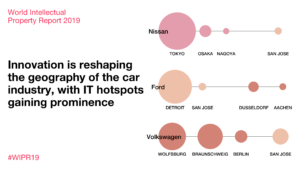
The second is the agricultural biotechnology industry, where collaboration between the private-public sectors is increasingly more important than before. This partly reflects the need to adapt innovations to local conditions.
